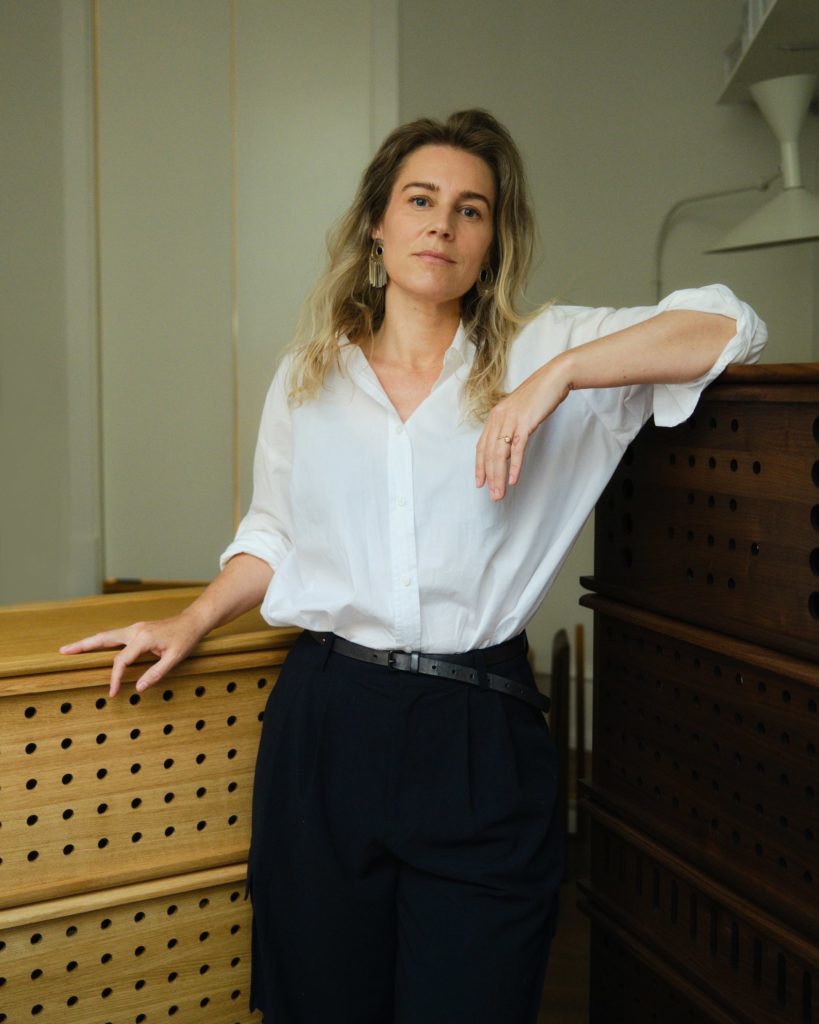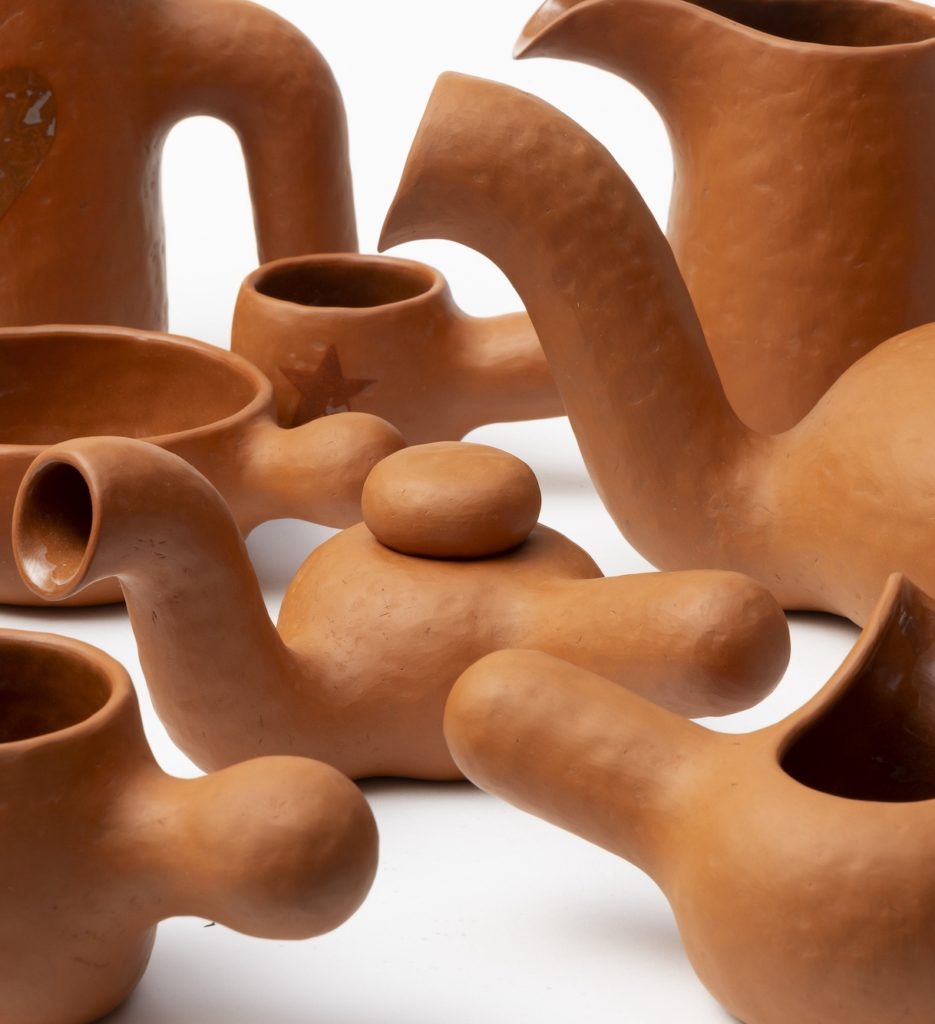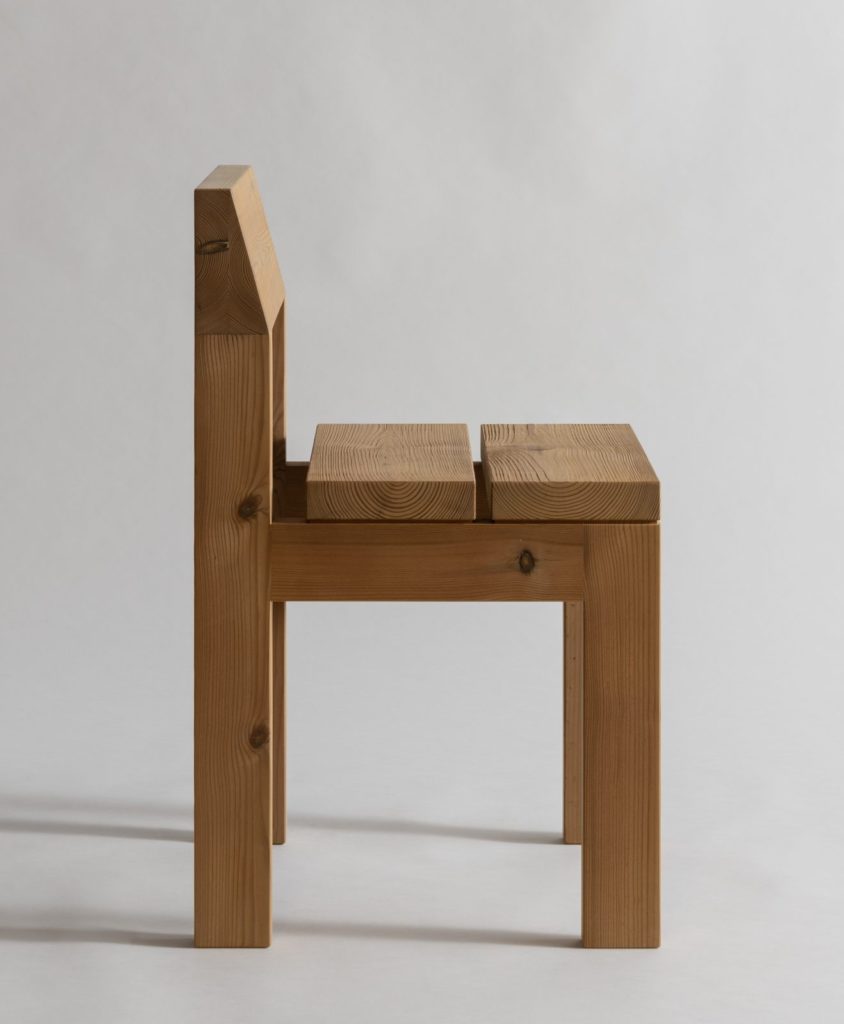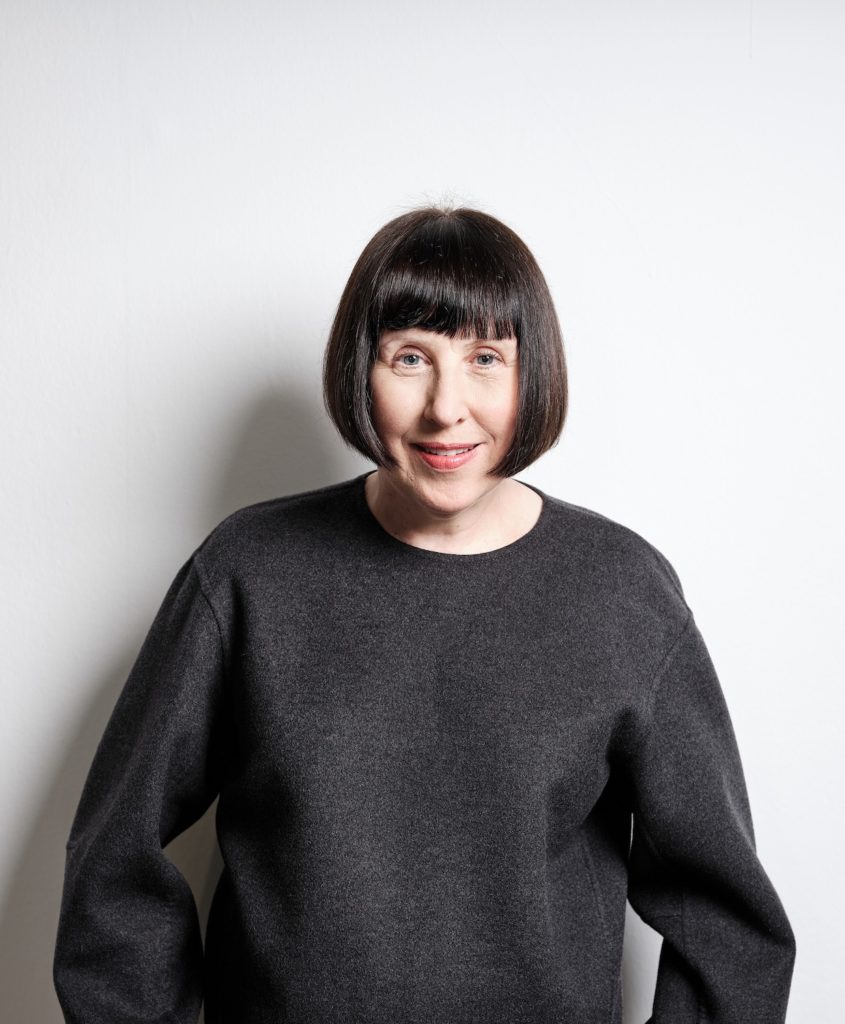Maria Bruun combining the sculptural and the functional at Design Miami/ Basel
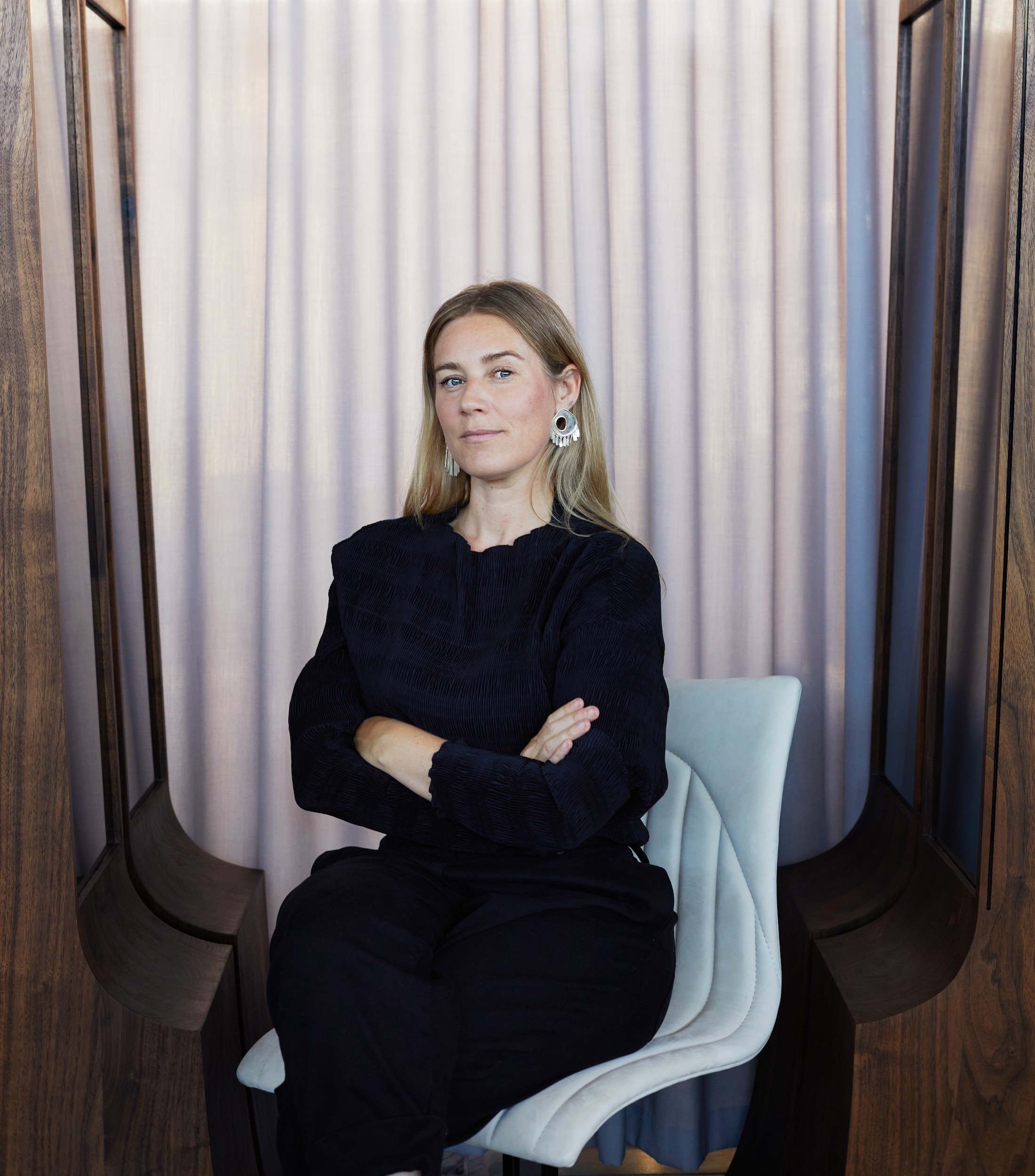
The work of Danish designer Maria Bruun unashamedly pulls from the past to represent the future of design within her homeland. Deeply connected within the local design landscape, her productivity and promotion of what good design means today has positioned her at the forefront of the next wave of Danish designers taking the baton from the mid-century masters. Rather than a remodelling of the past, Bruun is putting her own stamp on what Danish design means in 2021.
Working out of her studio on a quiet, cobblestoned street in Copenhagen’s Østerbro neighbourhood, Maria Bruun mixes her artistic and sculptural practice with more commercially focused work. Never viewing one as exclusive from the other, the result is a growing catalogue of works across furniture and product design, interiors and exhibitions that unite sculpture and utility, the unexpected with the highly functional. The one defining factor across her diverse catalogue is that of expert craft. Her work is deeply connected to beautifully executed crafts, and often blend the artisan with the industrial. Much like the aforementioned mid-century masters, Bruun is well aware of the importance of learning from the skilled craftspeople that exist in and around the Danish capital, but to also bring their traditions into the 21st century, as she details;
“When you get to know the inherent qualities of a material and process, and the processing associated with them, one of my tasks is to step into these processes and to challenge them when necessary. The traditions that lie within a given craft sometimes need to be pushed forward, so that together we can create something new. My work balances these traditions with new production methods, in order to create design that reflects the world we live in today.“
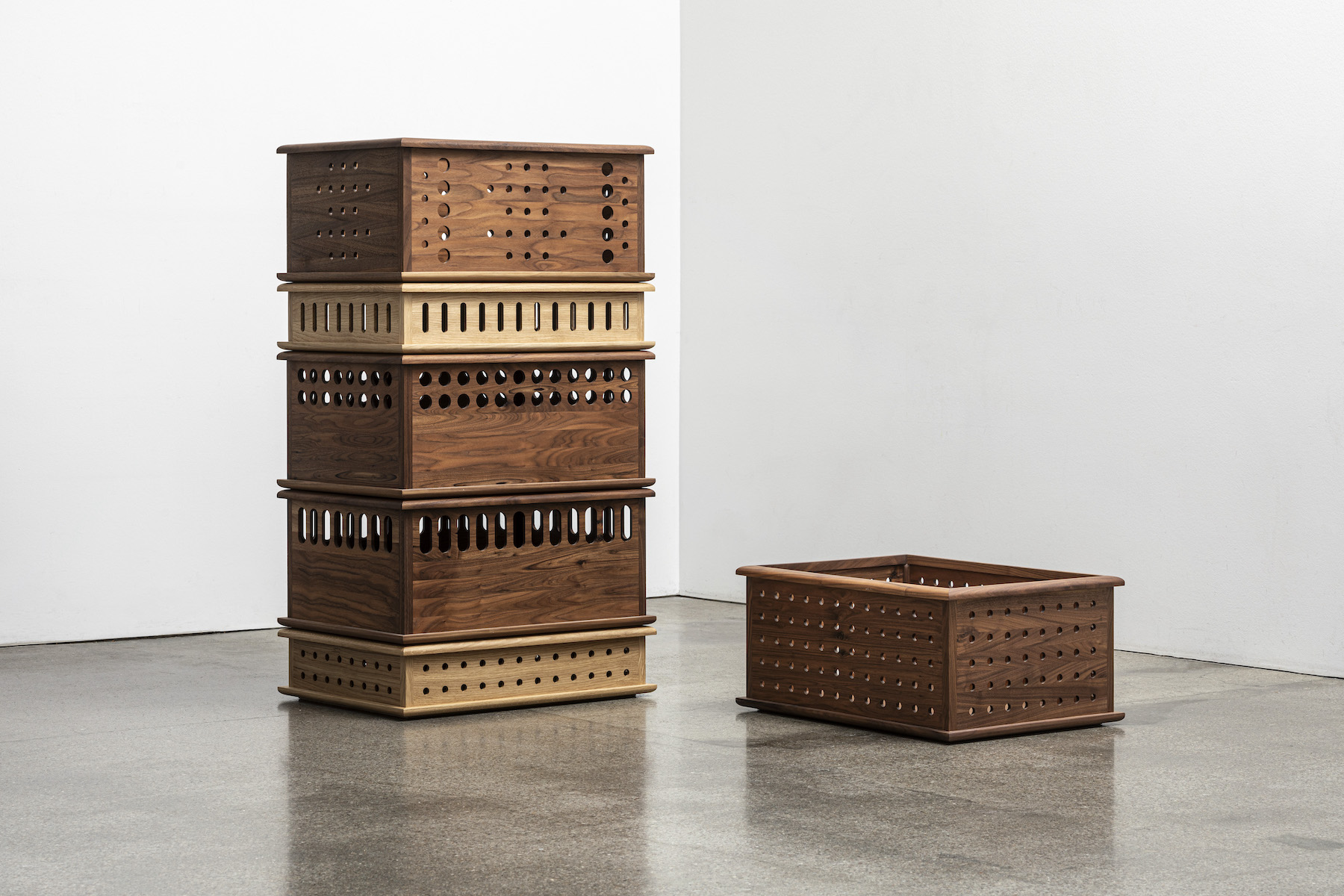
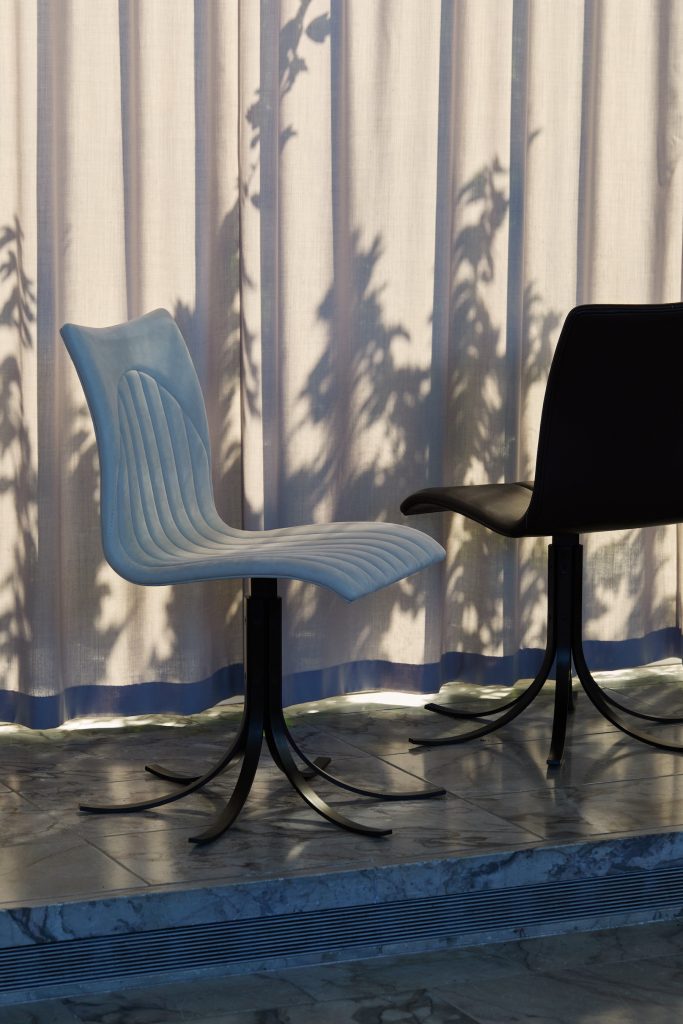
As part of the recently completed Design Miami/Basel, Bruun had her biggest stage yet in which to explore her unique ability to combine the sculptural and functional within a full series of furniture pieces, along with the scenography of her exhibition space. Her display, titled ‘Reflected Surroundings’ combined heavy elements, with an overarching lightness that is a testament to Bruun’s unique eye for proportion, but also the expert level of craftsmanship throughout the collection. The Basel table and chair in particular utilise the strength of steel transformed through a beautiful poetic gesture – their legs appear to float as they extend towards the ground. Bruun again turned to the use of mirror, a reoccurring function within her catalogue of works, allowing her audience a chance to connect object with environment, as she explains;
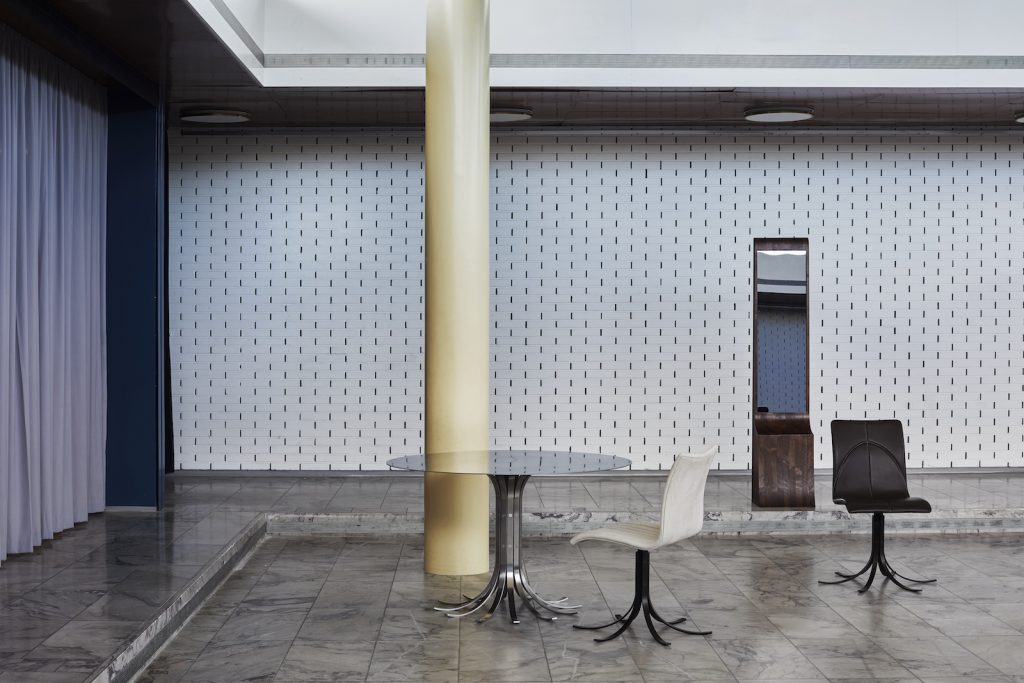
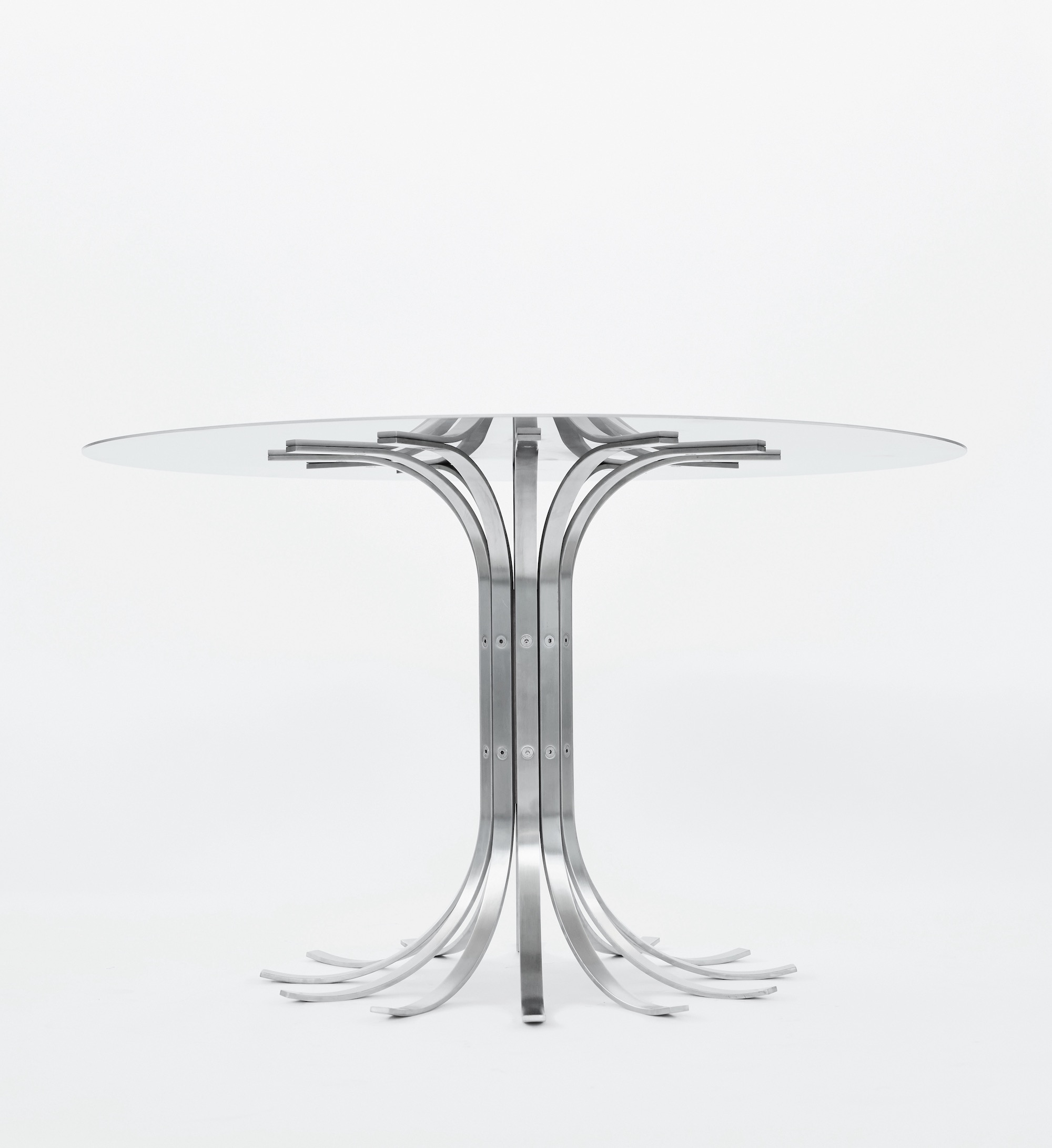
“The toned grey hue of the mirrored surfaces creates an alluring and soft reflection to the surroundings, almost like a friendly gesture towards the viewer – hence the title ‘Reflected Surroundings’. It is also implicit that the reflection not only takes place on a concrete level in the mirrored surfaces, but that reflection is also encouraged within the individuals who visit the space. The viewer and the user are inextricably linked to the designed objects – a form of everyday scenography, as design becomes part of the individual’s basic self-understanding.”
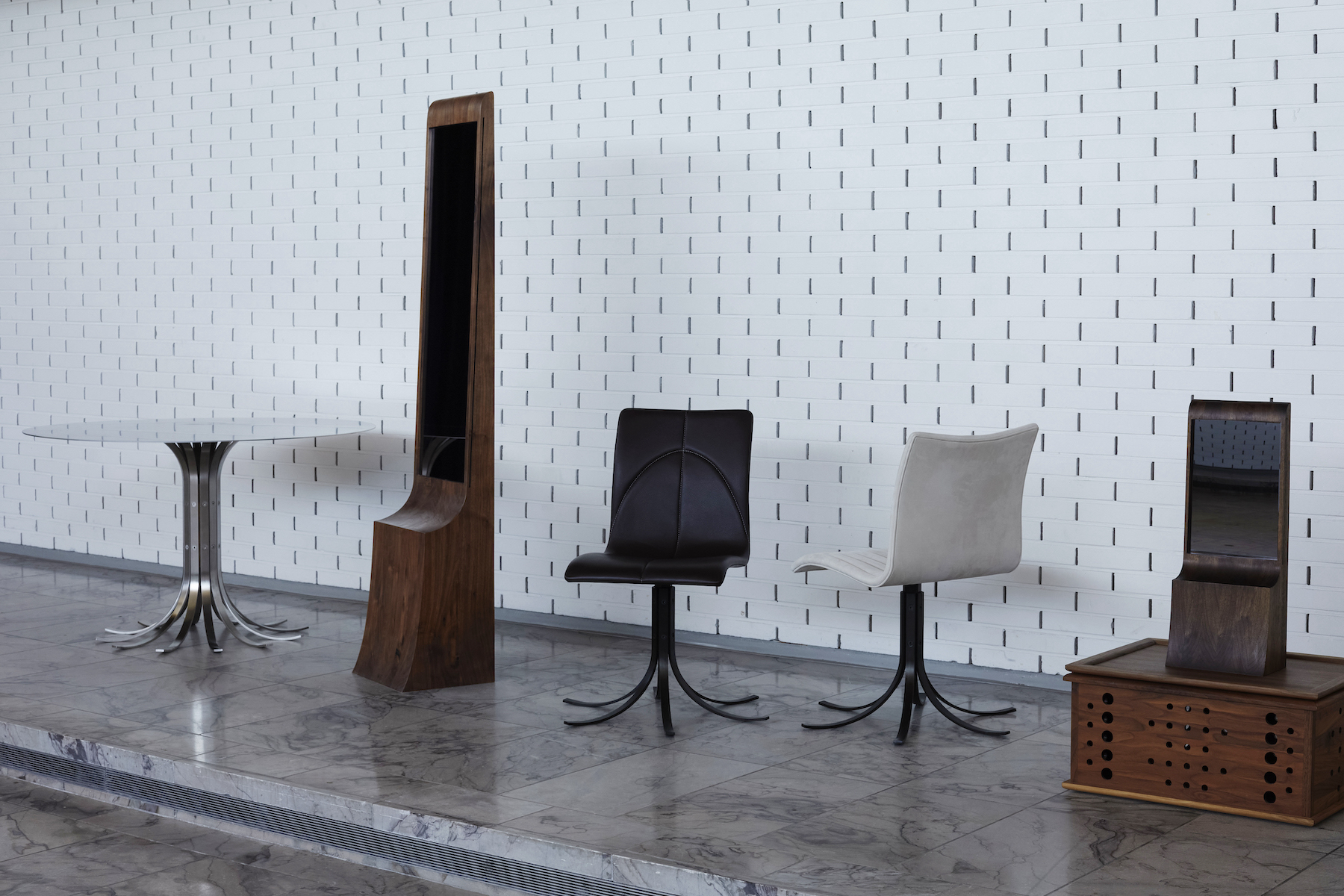
Bruun’s insistence to challenge the conventional through her work, also extends to her promotion of her contemporaries within the Danish design landscape. As a co-founder of the RE FORM Design Biennial since 2013, she has helped develop an experimental platform for designers to display raw ideas and research, away from the eye of production ready design. The raw nature of a majority of the work displayed throughout the years is a key element in communicating design as a long and iterative process – not the fast-fashion model much of the design industry lean to in this day and age. As Bruun herself has shifted more of her focus towards working with industry, the lessons learnt from RE FORM are impacting her practice in deep and meaningful ways as she grows and her work reaches a wider audience. Rather than going against the industry of design, Bruun views her practice, in a sense, as a design mediator – finding solutions together that represent a more considered, sustainable outcome for the Danish design industry today;
“I am fascinated by, and strive to create work that will help define Danish design into the future – what will take our long heritage and tradition and make it sustainable for the next fifty or hundred years… I think it is more of a calling for me to work alongside our design traditions and find compromises with the industry in a mutual and respectful cooperation where we both give and take. But I will stand firm on what I believe is essential for the sustainable future of Danish design.“
